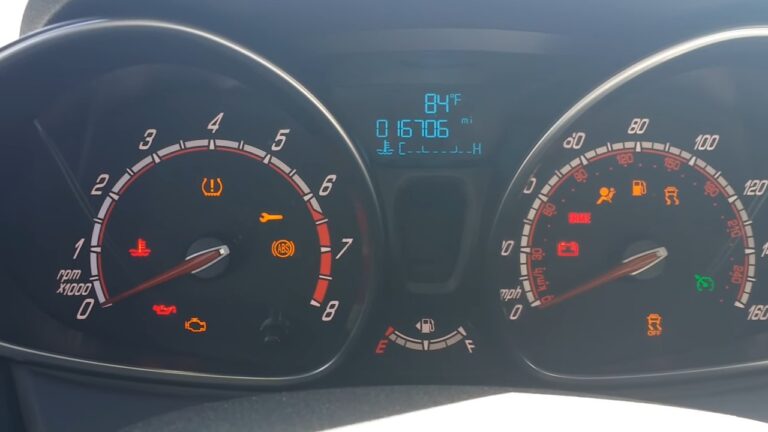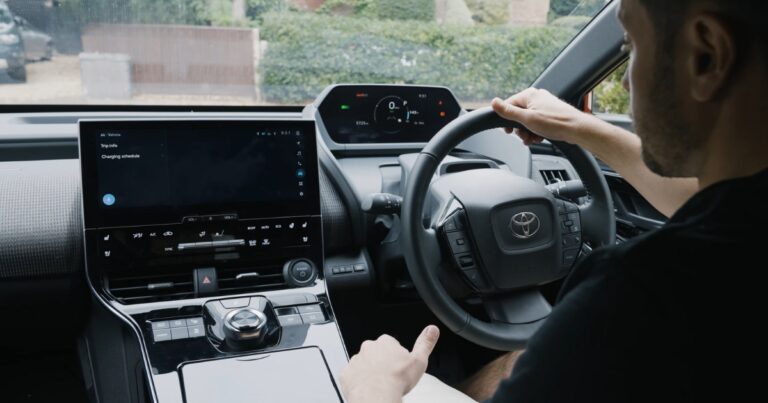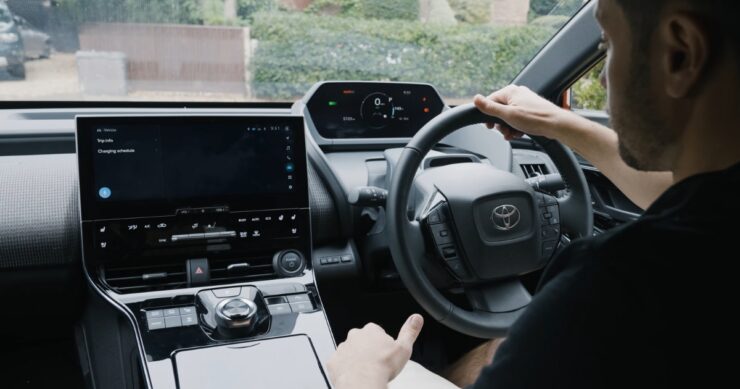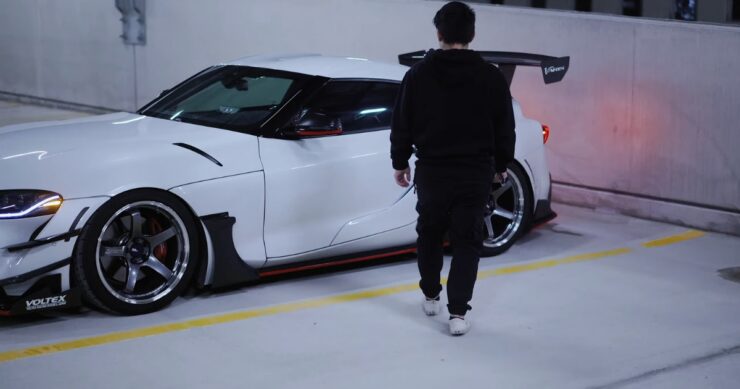Ever been driving along, humming to your favorite tune, when suddenly a mysterious light pops up on your dashboard? Yep, we’ve all been there.
Among the myriad of symbols that can appear, two of the most common (and often misunderstood) are the oil can and wrench lights. Let’s break down what these symbols mean and why they’re so crucial for your vehicle’s well-being.
The Oil Can Light
The oil can symbol looks like an old-fashioned oil can. It’s there to grab your attention, and for a good reason. This little icon plays a significant role in alerting you about your car’s oil status, which is vital for the smooth running of your engine.
So, what’s the deal when this light illuminates?
Most commonly, it’s signaling that you need an oil change. Fresh oil ensures that the engine’s moving parts are well-lubricated, reducing wear and tear. If you’ve recently had an oil change and the light persists, it might be due to your car’s computer not resetting.
In some cases, pushing down on the fuel pedal three times with the engine switch on (but not cranked) can reset it. If that doesn’t do the trick, there could be issues with your vehicle’s electrical system or the oil level sensor.
The Wrench Light
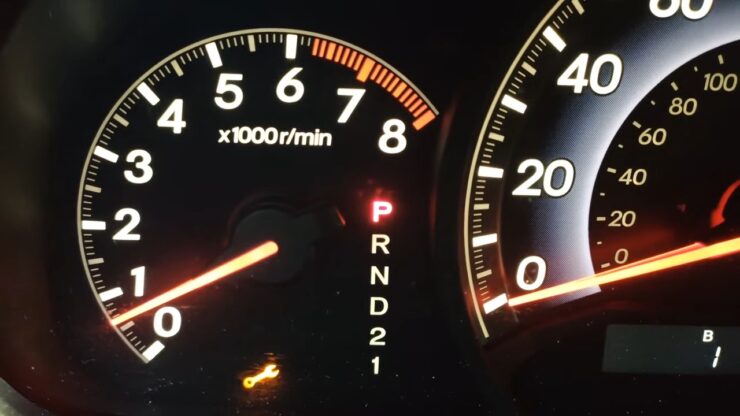
Next up, the wrench symbol. This icon is a bit more general than the oil can. It’s essentially your car’s way of saying, “Hey, something needs checking out!” It plays a role in vehicle diagnostics, alerting you to potential issues that aren’t necessarily related to the engine oil.
Meaning and Causes
When the wrench light shines bright, it’s often a sign that there’s a maintenance requirement. It could be as simple as needing a tire rotation or something more complex. Sometimes, it might indicate that a specific part of your vehicle needs attention. T
he key takeaway? Don’t ignore it. While it might not signify an immediate threat, addressing it sooner rather than later can save you from bigger headaches down the road.
Pro Tip: Ignoring warning lights might not only harm your vehicle but also reduce its resale value. Regular maintenance checks can keep your car in top shape and fetch you a better price if you ever decide to sell.
Differentiating Between the Two Lights
Navigating the world of dashboard lights can sometimes feel like deciphering an ancient script. But fear not! Let’s simplify things a bit.
The oil can light is primarily concerned with your engine oil. It’s like your car’s way of saying, “Hey, I might be thirsty!” or “Something’s not right with my oil!”
On the other hand, the wrench light is a bit more general. It’s your vehicle’s way of alerting you to potential issues that might need a closer look. It could be related to tire rotation, brake pads, or other maintenance tasks.
Interesting Fact: The designs of these symbols are standardized across most vehicles. So, whether you’re driving a sedan in Seattle or a convertible in Cannes, these symbols will have the same meaning!
Responding to the Alerts
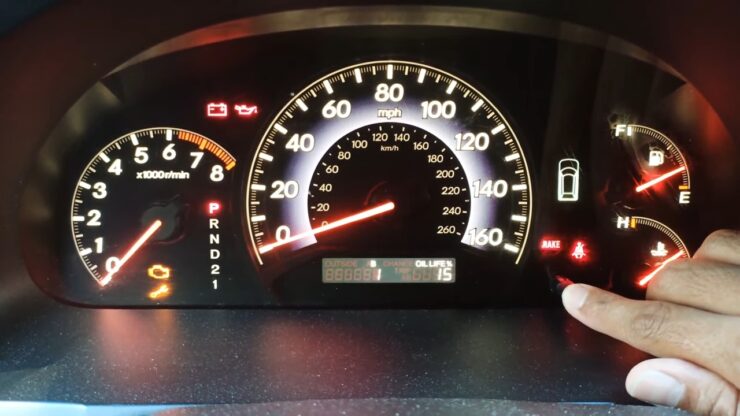
Immediate Actions
When these lights come on, it’s essential not to panic. First, safely pull over and turn off your vehicle. Check your car’s manual (yes, that book we often ignore) as it will have a section dedicated to dashboard lights and their meanings.
Seeking Professional Help
If you’re unsure about the cause of the lights or if they persist after you’ve taken initial actions, it’s time to consult a professional. Ignoring these lights can lead to more significant issues down the line. A mechanic can provide a proper diagnosis and ensure your vehicle is in tip-top shape.
Pro Tip: Always keep a trusted mechanic’s number handy. Regular check-ups can prevent unexpected issues and ensure your car’s longevity.
Preventive Maintenance
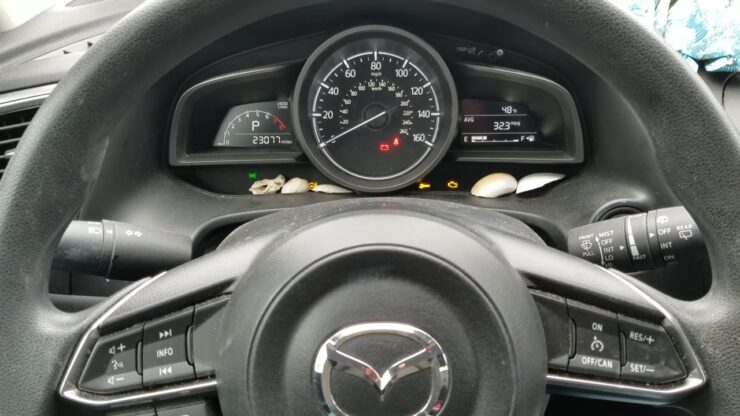
Regular Check-Ups
Just like we need regular check-ups to stay healthy, our cars do too. Routine vehicle maintenance, such as oil changes, tire rotations, and brake inspections, can prevent these warning lights from appearing in the first place. It ensures that your car runs efficiently and can save you money in the long run.
Tips for Avoiding Common Issues
- Check your oil levels regularly.
- Rotate your tires every 6,000 to 8,000 miles.
- Listen to your car. Unusual noises can be early indicators of issues.
- Keep your car clean. Believe it or not, a clean car runs better!
FAQ
Are there any other dashboard lights I should be aware of besides the oil can and wrench lights?
Absolutely! Modern vehicles come equipped with a plethora of dashboard warning lights, each serving a specific purpose. Some other common lights include the battery light (indicating issues with the charging system), the engine temperature light (signifying the engine is overheating), and the tire pressure monitoring system light (indicating a tire is under-inflated). It’s essential to familiarize yourself with these symbols and their meanings to ensure the safety and longevity of your vehicle.
How often should I check my dashboard for warning lights?
It’s a good practice to glance at your dashboard every time you start your vehicle. When you turn on the ignition, most of the warning lights should illuminate briefly as a self-check and then go off. If any lights remain on after a few seconds or come on while driving, it’s an indication that there might be an issue that needs attention.
Can I continue driving if the wrench light comes on but my car seems to be running fine?
While your car might seem to be operating normally, the wrench light indicates that there’s a potential issue that requires attention. It’s always best to err on the side of caution. If the light comes on while you’re driving, find a safe place to pull over and consult your vehicle’s manual. If you’re unsure about the severity of the issue, it’s wise to consult a mechanic before continuing your journey.
Are there any tools or apps that can help me understand and diagnose dashboard warning lights?
Yes, there are several diagnostic tools and apps available that can help you interpret and diagnose warning lights. One popular tool is an OBD-II (On-Board Diagnostics) scanner, which can read and interpret fault codes from your vehicle’s computer. There are also several smartphone apps that can connect to these scanners, providing you with real-time data and potential solutions. However, while these tools can offer insights, it’s always recommended to consult with a professional mechanic for a comprehensive diagnosis.
Final Words
Navigating the maze of dashboard lights might seem daunting, but with a bit of knowledge and proactive care, you can ensure your vehicle remains in peak condition. Remember, these lights are more than just symbols; they’re your car’s way of communicating its needs.
By understanding and addressing these signals, you not only ensure a smoother ride but also safeguard your vehicle’s longevity. So, the next time a light pops up, embrace it as an opportunity to connect with your car and keep it running smoothly for miles to come.
Related Posts:
- Why Is My Car Leaking Water? - Decoding the Mystery…
- How Much Oil Does A 6.7 Cummins Take - Capacity,…
- How Long Does an Oil Change Take? - From Quick Pit…
- Can A Car Backfire Multiple Times In A Row? Causes…
- Toyota Cars You Can Rent While You Are in Abu Dhabi
- How Long Does It Take to Rotate Tires? - Saving Time…

